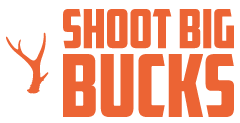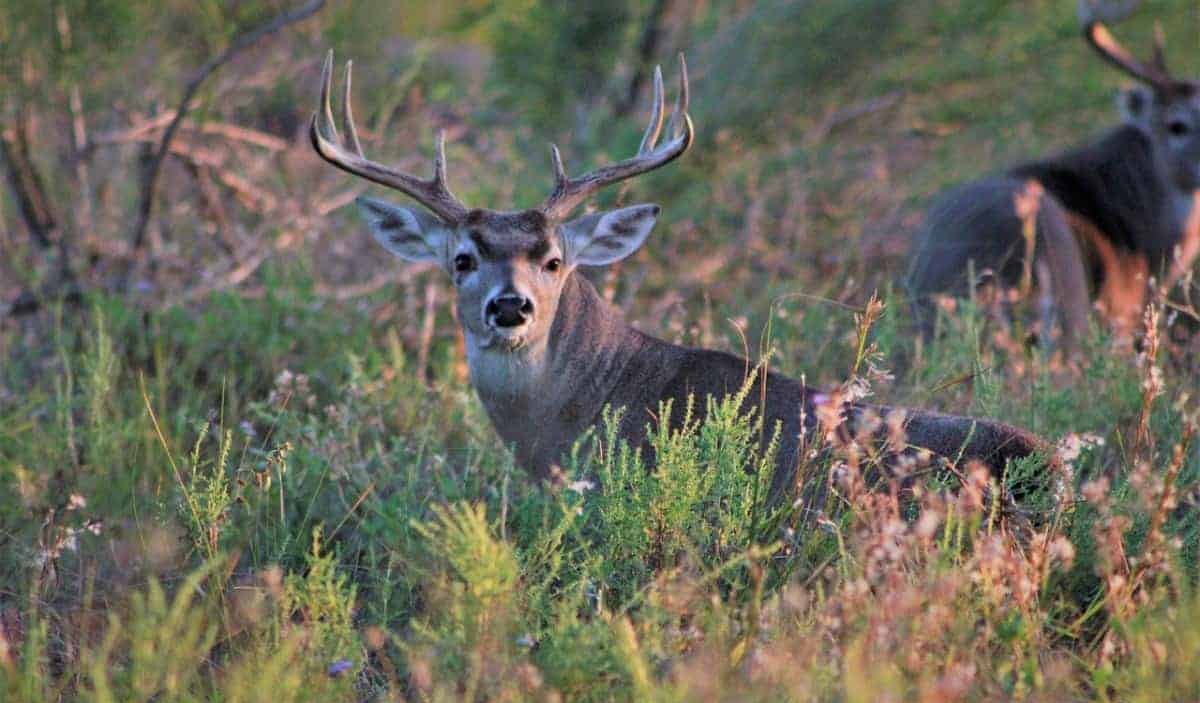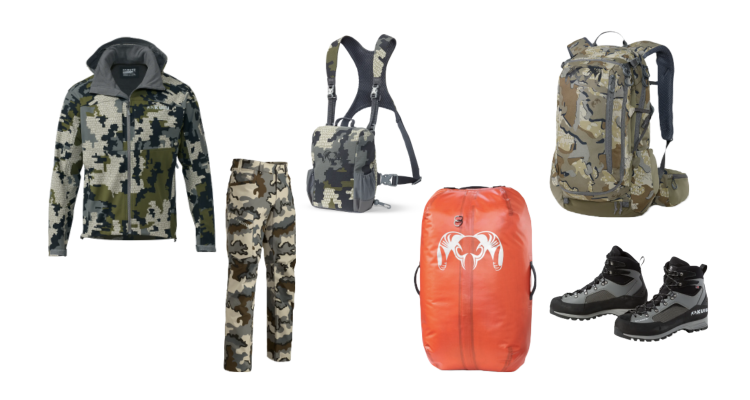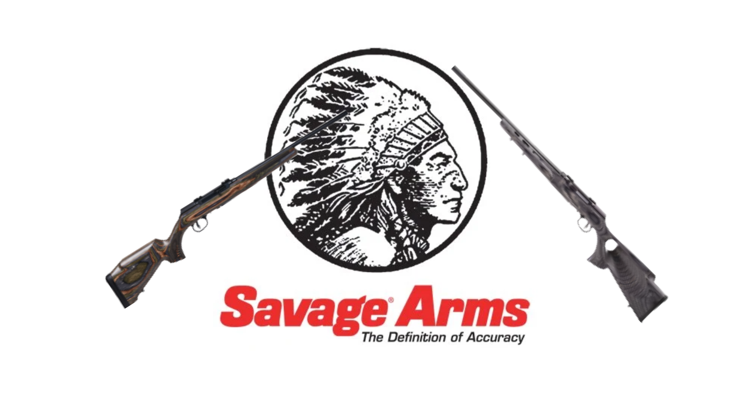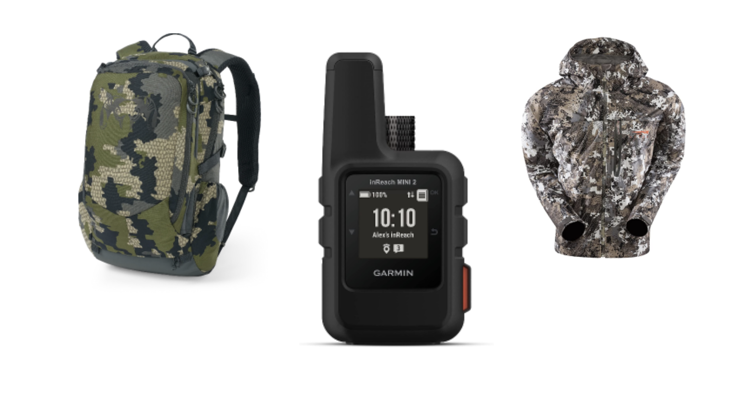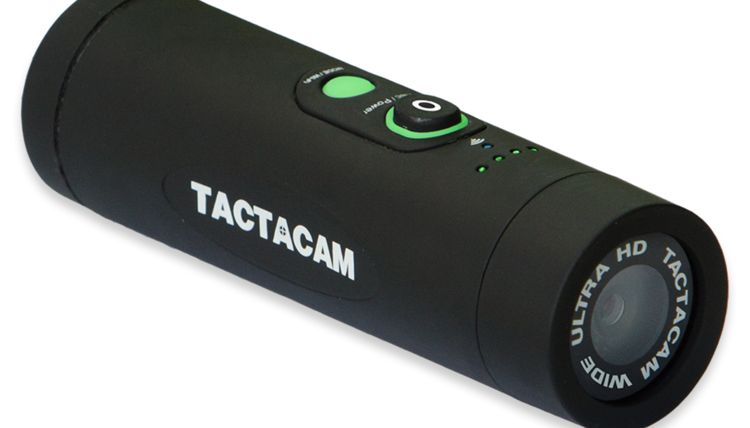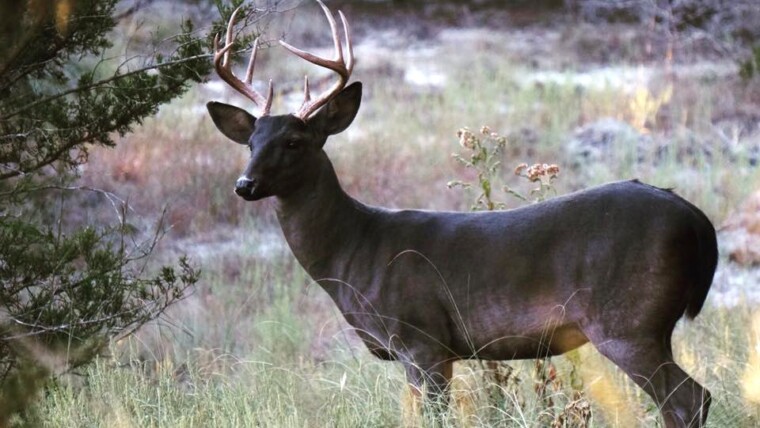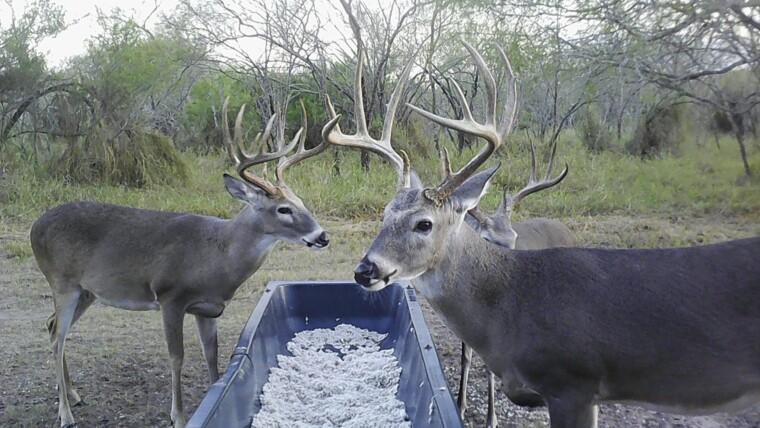Congratulations on your decision to transform your interest into action by pursuing a deer hunt for the first time! A first-time deer hunt is riddled with uncertainties, yet genuine interest, coupled with excitement, is also the constant denominator underlying any doubts in the numerator.
Fortunately, this article provides excellent tips for first-time deer hunters. These tips include several important considerations, namely your choice of field and stand, as well as recommendations regarding the optimal attire, tools/essentials, and weapons for your particular needs.
Furthermore, this article also provides insight into additional considerations for your first hunting experience. These considerations include whether or not to hunt alone or with a partner, as well as insight regarding the optimal season for your first hunt.
Tips for First-Time Deer Hunters
The following sections outline several tips for your first deer hunt, starting with broader considerations, including experience in the chosen hunting field. Advice regarding stand choices, attire, and tools will follow, along with a discussion of the various weapons that may best fit your hunting needs.
Field Experience: Some Key Considerations
One of the most important considerations for first-time deer hunters, as well as veteran hunters, is the choice of field itself. This choice is crucial, as all the following advice will vary per hunter, depending on each hunter’s individual hunting grounds. For instance, does your field have dense forestry, including trees that can support tree stands? Or does your field primarily have younger, smaller trees, thus requiring the use of ground blinds or box blinds?
In addition to the surrounding forestry, consider how well you know deer’s given movements throughout the day and evening, including when they feed and rest. Ideally, your field includes a clearly defined trail where deer pass from feeding grounds to resting grounds, which will maximize your chance of having a successful first hunt. Furthermore, it is also a good idea to familiarize yourself with common weather and wind patterns, which not only impact your comfort level throughout the day, but also predict whether or not you need to shift positions to minimize the risk of spooking deer, given their highly developed sense of sight, sound, and scent.
Tree Stand Or Ground Blind
Another major consideration for your first-time hunt is whether or not you want to use a tree stand or a ground blind. Each offers unique advantages and disadvantages, though both are similar in that successful hunts can occur from both, with proper preparation.
The primary advantage of tree stands is that you have more of a “bird’s eye view” of the deer, and you run less risk of spooking them than you do with ground blinds. The primary disadvantage of tree stands is their immobility, as well as the inability to use them in certain terrain that doesn’t have an appropriately sized tree. Specifically, fields that lack dense forestry will likely have insufficient support for a stand, which means a ground blind would be required.
On the other hand, the primary advantage of ground blinds, particularly the mobile versions, puts you at “eye level” with the deer and enables you to move to different areas within your chosen area. Some hunters, once they’ve determined an ideal vantage point, will opt for box blinds, which are more permanent fixtures. However, for first-time deer hunters, a mobile ground blind is might be preferable over a fixed stand or blind. The primary disadvantage of ground blinds is that they can spook deer. However, the hunter can take various actions to minimize the risk of spooking deer, which I’ve detailed in “Do Ground Blinds Spook Deer?”
Clothing
Once you’ve settled on your stand of choice, you can then turn your attention to the clothing that you should wear on a first hunt. The amount of clothing will depend on the relative temperature outside, but all hunters should have long pants, long sleeves (or a jacket), boots (preferably rubber to cut down on scent), and protective gloves; many hunters also opt for a face mask or other head covering. Regardless of which attire you choose, your clothing should provide the following: comfort, mobility, camouflage, silence, and be as scent-free as possible.
I’ve outlined ways to be scent-free on this page
Clothing should be very comfortable; you should be able to wear it for hours on end, if not an entire day, without any discomfort. While clothing should be comfortable, it should also allow the mobility you will need, particularly when taking aim at your target. Furthermore, if your location is likely to experience lower temperatures, layering is essential.
Comfort and mobility are key considerations, yet they must not come at the expense of camouflage, silence, and scent control. Some hunters may insist they hunt well in jeans, but many hunters prefer traditional camouflage, which enables them to blend in with the surrounding scenery. In addition, camouflage includes not only sight but also sound. For hunters who choose ground blinds to start, ensuring that clothing does not make any noise as you move will be crucial. While in a ground blind, wearing all black is ideal as the inside of the blinds are black. As long as you keep the window closed behind you, your black clothing will conceal your movement much better than wearing camo in that situation.
Aside from traditional camouflage, many hunters like Blaze Orange camouflage due to safety requirements during the firearms season. Orange may seem to be a counterintuitive color, but deer perceive orange as a greyish or brownish color. The main reason for the orange is so humans can see each other at long distances. It is important to be careful which laundry detergent you select, as brighteners in the detergent may make your clothing more noticeable to deer, as they are more sensitive to blue light wavelengths. In addition, different states have specific regulations regarding this specific camouflage; for more detail, please consult “Blaze Orange Hunting Requirements, by State (USA).”
Tools/Essentials
Aside from attire, you will also need to think of essentials for yourself and tools for after you harvest your animal.
As far as essentials are considered, it is critical to have your hunting license with you at all times. It is equally important to bring a sufficient water supply to stay well-hydrated throughout the day. Hydration is mandatory, regardless of the surrounding client, to ensure clear thinking and prevent fatigue. For warmer, more humid areas, consider storing iced water in a thermos designed for extremes, such as a 64-ounce Hydroflask. In addition, bring well-sealed food products for sustenance, as well as a first-aid kit to address any minor injuries. A headlamp may also be useful during the earlier hours, or later in the evening.

In terms of the tools for your targets, some of the most important ones to consider include knives, game bags, and rangefinders. Knives can assist with dismantling your target if you choose to hunt for deer meat, and it is critical to select knives designated for this purpose. Martiini knives provides an excellent array of hunting knives, which can be viewed here. In addition, some hunters opt for garbage bags for storing their game; however, game bags are recommended, as they are less likely to tear from the weight of your game. Kuiu offers various game bags, which have been well-reviewed by other hunters.

Lastly, a rangefinder helps ensure the ethical aspects of your hunt; specifically, if you see your ideal target, but it is too far away to ensure an accurate shot, a range finder can help prevent an inaccurate shot that would senselessly wound, rather than instantly kill your target. Vortex Rangefinders have a lifetime (no fault) warranty.When in doubt, get the range finder out is my motto.
Weapons
Lastly, the most exciting consideration of all is the type of weapon you will use during your first hunt. Given that the weapon is what ultimately leads to the prize, it is fitting to conclude the answer to this particular FAQ with an overview of different rifles that could potentially align with your exact needs. Fortunately for first-time hunters, an array of different options exist, including rifles, crossbows, and compound bows.
Rifles remain one of the most popular options for hunters, and they are probably the best option for hunting multiple targets. For hunting deer, a twelve-gauge shotgun is a good option, though it is critical that you not only know how to use it, but that you also will feel comfortable using it for multiple hours at a time. Many characteristics, from its shape to its weight, can impact the feasibility of your first hunt. In addition, it is crucial to be aware of your state’s particular legislation (which is subject to change) regarding rifles, as certain states either have extreme restrictions or ban the use of rifles outright.
However, rifles are not the only weapon that a hunter can utilize. Crossbows are another popular option for hunters since their usage dates back for millennia, they are certainly the most classic option. In addition, they also offer a couple of major advantages over rifles. First, they are silent compared to rifles, which means all the deer will not be frightened away after a shot. Second, they are legal in 49 states, which could greatly broaden your options for hunting. Third, they are also much more inexpensive than all the costs associated with rifles. However, unlike rifles, they are not the best option for hunting multiple deer at once.
Compound bows are clearly more similar to crossbows than rifles, but they have important distinctions. These bows are a modern adaptation of the classic bow-and-arrow, and this adaptation results in a more nimble bow that might be preferable for our needs. Specifically, a compound bow requires less physical strength than a traditional bow does, which can enable greater speed and accuracy. However, the lighter weight of the compound bow also means that any imprecise movements on the hunter will have a greater effect on the overall accuracy.
Overall, seasoned hunters tend to use both rifles and bows for different purposes. As you develop your hunting prowess, you will find your ideal combination, which may change over time as your hunting objectives change.
Additional Considerations
The above recommendations regarding stand choice, attire, tools, and weapons are the primary considerations that a hunter should take into account before hunting. These primary considerations directly contribute to additional considerations that a first-time deer hunter could also take into account, namely whether or not to attempt a solo hunt for the first time, as well as the optimal month for the first hunt.
Pair or Solo?
For many first-time hunters, it is worth considering taking a friend who happens to be a seasoned pro with you, as a seasoned hunter can automatically help first-time deer hunters avoid many common, unintentional errors that can compromise a first hunt. If you’re hunting in an area that is particularly isolated, or prone to inclement weather, it is advisable to consider taking a partner.
However, in the spirit of rugged American individualism, it is technically possible to make your first hunt a solo hunt. If you plan to do so, be sure to take any required hunting courses, which may vary by state. Several online courses also provide enough information for the savvy, aspiring hunter to follow. Be sure to let family or loved ones know exactly where you are, and also be sure that you’ve spent enough time in the terrain to not encounter any major surprises.
Ideal Month?
The famed “deer season” takes place from September to January in most states, and the month selection for a first-time hunt is critical. Various hunters prefer different months, and many make various arguments for why September, October, November, or December is the optimal month for a first hunt. Two of the months, one considered “pre-rut” and the other considered “rut,” are detailed below.
Some hunters prefer the start of hunting season, September, for a few reasons. First, the deer are not immediately expecting hunters after an eight-month absence. Second, their patterns are more regular than the “rut”, where movements can be random. Third, at the start of the season, there are fewer hunters to compete with. The main disadvantage is hot, humid weather, particularly in some states.
That said, November is often cited as one of the best months, particularly since the bucks are out hunting for partners during this time, and deer seem almost endlessly available in some of the best hunting locations. The rut usually happens in December in the southern states like Florida and Georgia.
Related Questions
What are the biggest mistakes first-time deer hunters make?
While many hunters experience success from the first attempt, others have not. At times, the lack of success is due to circumstances beyond the hunter’s control, though other times the lack of success could be attributed to an unintentional error on the hunter’s part. Some of the most common mistakes relate to appropriate starting times, hunt durations, and personal attitudes (including excessive timidity or excessive aggression); however, several other possible errors exist, particularly for less experienced hunters.
Where are some of the best hunting spots in the U.S.?
Courtesy of the mass expanse of land, including largely uninhabited land, the U.S. is blessed with an array of dynamic options for first-time hunters, as well as seasoned pros. Some of the most fertile hunting grounds occur in Texas, Iowa, Illinois, Ohio, and Kentucky, while an array of other states also offer unique benefits and challenges for hunters.
Need to buy a hunting license online? I have you covered for all 50 states in this link.
